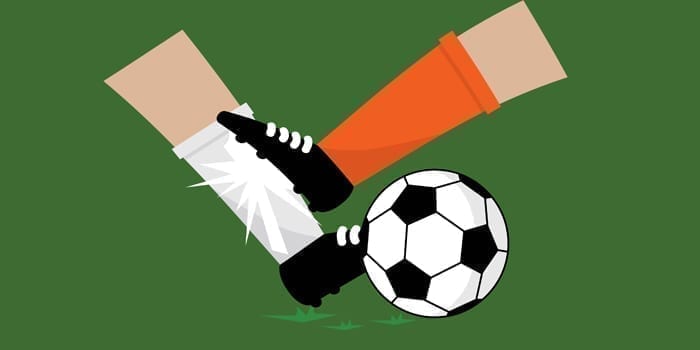Rushing to get back in the game after a knee or hip injury can set you up for painful post-traumatic osteoarthritis down the road. Slow down and take time for rehabilitation to cut the risk of reinjury and arthritis. You’ll want to strengthen the muscles that support the injured joint. The reward will be increasing the joint’s stability and heading off irreparable joint damage. Think you’re too young to fret about arthritis? Think again.
Studies have shown X-rays often turn up evidence of arthritis less than 10 years after an adolescent or young adult suffers a knee injury. Athletes with a knee injury, for example, are three to six times more likely to develop arthritis in that knee. Highly repetitive impact on a joint can damage the cartilage and set you up for arthritis even without sustaining an injury,
Don’t think that arthritis should be considered a disease that affects only the elderly. A group of athletic trainers who recently issued a statement in the Journal of Athletic Training said more aggressive measures are needed to prevent and manage arthritis following injuries.
“Increasing evidence demonstrates that young and middle-aged adults are suffering from osteoarthritis as well,“ they said. “More than half of adults with symptomatic knee osteoarthritis are younger than 65.”
Damage to the anterior cruciate ligament is the most common injury among young athletes, especially girls. A 17-year-old athlete who tears her ACL could develop osteoarthritis before she turns 30. The result can mean chronic pain and disability, according to the athletic trainers. Lack of proper treatment can lead to additional injuries to the same joint or other joints, and that increases the chance of developing arthritis as a young adult.
Find an athletic trainer, rehabilitation specialist or physical therapist who specializes in orthopedics and who can design a 6- to 9-month structured rehab program. Rehabilitation should be based on an evaluation of your muscle strength, endurance, balance and movement quality.
You don’t want to lose strength and cardiovascular fitness, so you may have to modify your exercising so that you can stay active after an injury. If you can’t run because your knee hurts, you may have to switch to activities that don’t place stress on your knees. Try biking or swimming.
Read More: When Sports Injuries Lead to Arthritis in Joints




































